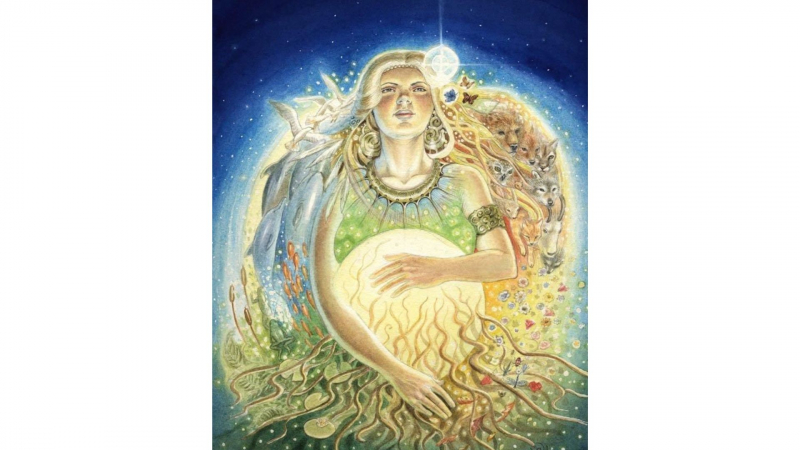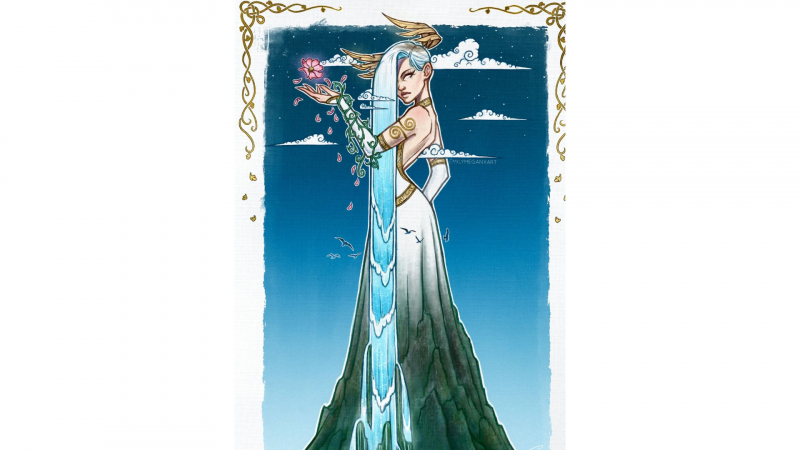Jörð

Jörð is a goddess and the personification of earth in Norse mythology as well as one of the most famous Norse goddesses. She is a sexual lover of Odin and the mother of the thunder deity Thor. Jörð is mentioned in the Danish historian Gesta Danorum, which was written in the 12th century by Saxo Grammaticus, the Poetic Edda, which was written in the 13th century by an unidentified person or people, and the Prose Edda, which was also written in the 13th century. Her name is frequently used as a poetic metaphor for land or earth in skaldic poetry and kennings. He had no significant role in the stories and is simply mentioned in passing as the mother of Thor and the offspring of Nótt ("Night") and Anarr ("Another").
Old Norse jr is a noun that signifies "earth, land," and it also serves as a theonymic embodiment of the noun, "Earth-goddess." As shown by the Gothic aira, Old English eor, Old Saxon ertha, or Old High German erda, it derives from Proto-Germanic *erþō- ('earth, soil, land'). Possible connections include the term éra from ancient Greek, which means "earth." The term most likely derives from the Proto-Germanic root *erwa or erwōn-, which means "sand" or "dirt." Scholars believe that Fjörgyn is another name for Jör. Her name is also employed in skaldic poetry as a poetic metaphor for "land" or "the earth," and she is similarly identified as Thor's mother. The term Hlóðyn, which is used to refer to Thor in Völuspá as "son of Hlódyn," is probably also used to refer to Jörð. Although its origins are still unknown, Hlóðyn is frequently believed to be tied to the Romano-Germanic goddess Hludana, in whose honor Romano-Germanic votive tablets have been discovered on the Lower Rhine.











